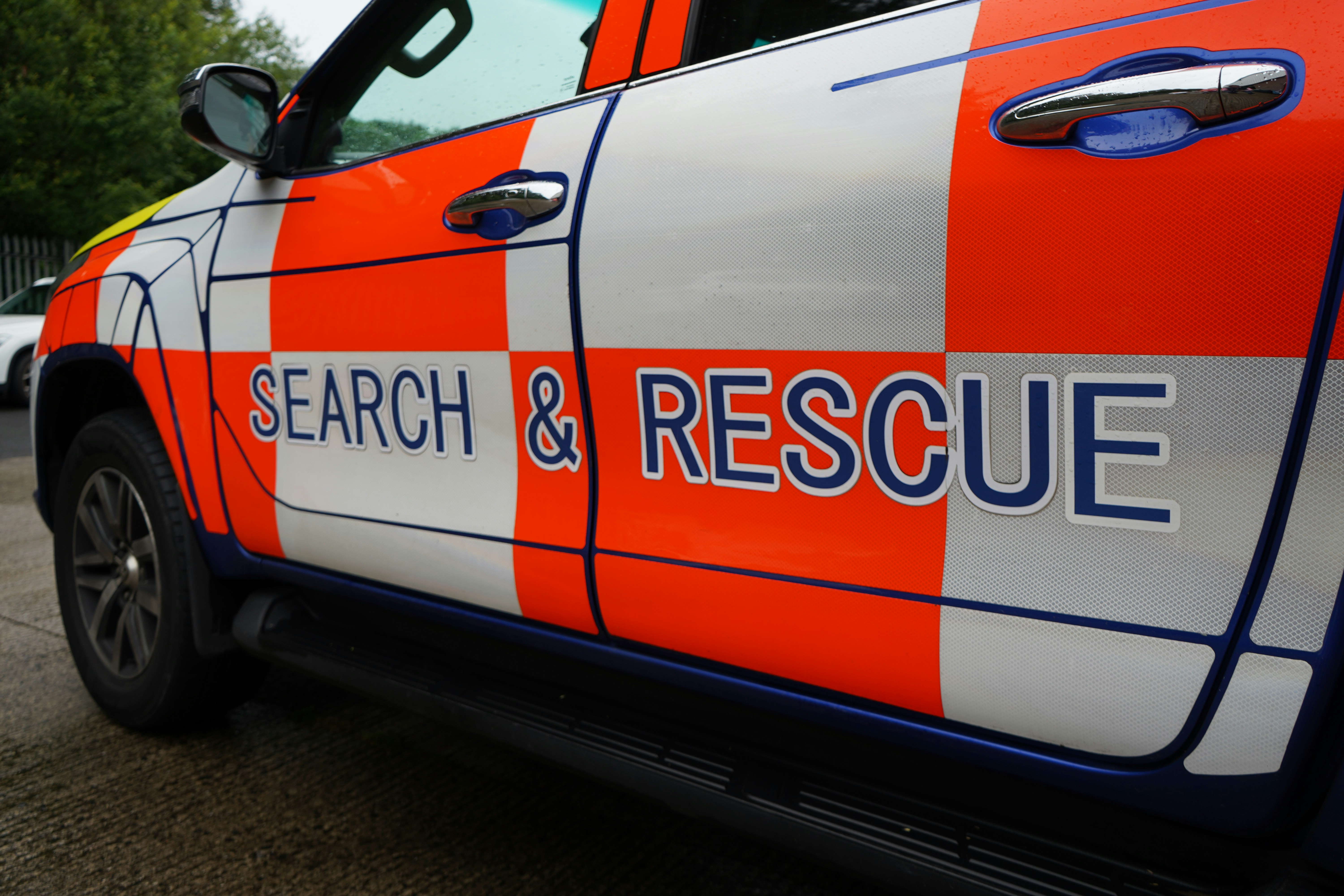
HRD Archaeology: Enhancing Search and Rescue with Canine Heroes

HRD Archaeology: Enhancing Search and Rescue with Canine Heroes
Introduction
HRD (Human Remains Detection) archaeology is a fascinating and emerging field where the exceptional olfactory capabilities of trained dogs are harnessed to locate human remains. This innovative approach combines archaeological techniques and forensic science, significantly aiding in solving cold cases and uncovering historical remains.

The Role of HRD Dogs
HRD dogs are trained to locate human remains by scent, including those buried or submerged. Their training is extensive, ensuring accuracy in various conditions, making them indispensable in both historical and contemporary investigations.
The Science Behind HRD Dogs
- Olfactory Power: Dogs have up to 300 million olfactory receptors compared to the 6 million in humans, enabling them to detect scents at incredibly low concentrations.
- Training Process: Training an HRD dog typically takes 18-24 months and involves exposure to various stages of decomposition and environments.
- Detection Capabilities: HRD dogs can detect remains several decades old, buried up to 15 feet underground, or submerged in water.
Historical and Modern Applications

- Archaeology: HRD dogs assist in locating historical burial sites, contributing significantly to our understanding of past civilizations.
- Forensics: These dogs are crucial in solving cold cases, locating missing persons, and aiding disaster recovery efforts. Notable cases include:
- Suzanne Morphew Case: Her remains were found in Saguache County during an unrelated search, highlighting the importance of HRD dogs in ongoing investigations The Colorado Sun).
- Montreal Hospital Discovery: HRD dogs identified potential human remains near the old Royal Victoria Hospital, aiding in historical and possibly forensic investigations Global News.
- DeOrr Kunz Jr. Case: In Idaho, cadaver dogs alerted to human remains in a campground where a toddler went missing, providing a critical lead in the case KTVB.
- Suzanne Morphew Case: Her remains were found in Saguache County during an unrelated search, highlighting the importance of HRD dogs in ongoing investigations The Colorado Sun).
Statistical Insights

- Success Rate: Studies show HRD dogs have over 90% accuracy in controlled conditions.
- Cold Cases: Nearly 340,000 cases of homicide and non-negligent manslaughter went unsolved from 1965 to 2021, underscoring the need for effective detection methods like HRD dogs Project: Cold Case.
Growth and Emerging Market
The field of HRD archaeology is steadily growing. The employment of anthropologists and archaeologists is projected to grow by 4% from 2022 to 2032, in line with the average for all occupations. This growth is driven by the increasing recognition of the value HRD dogs bring to archaeological and forensic investigations Bureau of Labor Statistics, BLS.gov.
Challenges and Considerations
- Environmental Factors: Terrain, weather, and the age of remains can impact a dog’s effectiveness.
- Ongoing Training: Continuous training is essential to maintain a dog's detection capabilities and adapt to new scents and scenarios.
Benefits for Archaeology and Forensics
- Efficiency: HRD dogs significantly reduce the time and resources needed for searches.
- Non-invasive: Their ability to detect remains without extensive excavation preserves the integrity of archaeological sites.
Conclusion
HRD archaeology represents a fusion of science and instinct, where the unparalleled detection skills of dogs uncover hidden histories and solve contemporary mysteries. Their contributions to both archaeology and forensic investigations are invaluable, providing a unique and effective tool in the quest to uncover the past and deliver justice.
Unleash the Potential of Your Working Dog with DogBase.
Our innovative platform streamlines training, simplifies data tracking, and leverages AI to optimize performance for all working dog teams.
What our customers says about us
Support & Share
Get Started with DogBase























